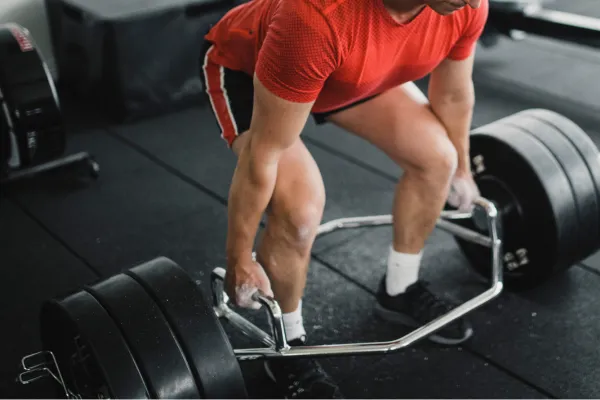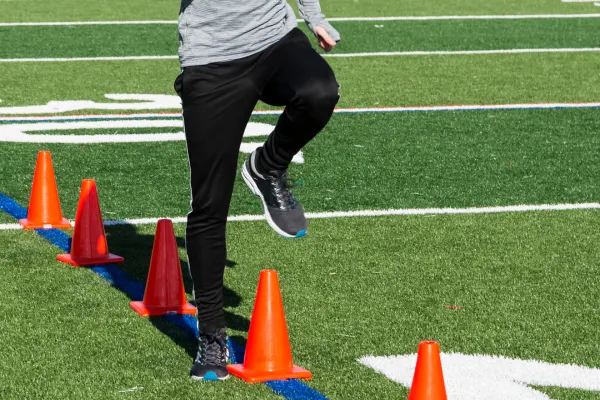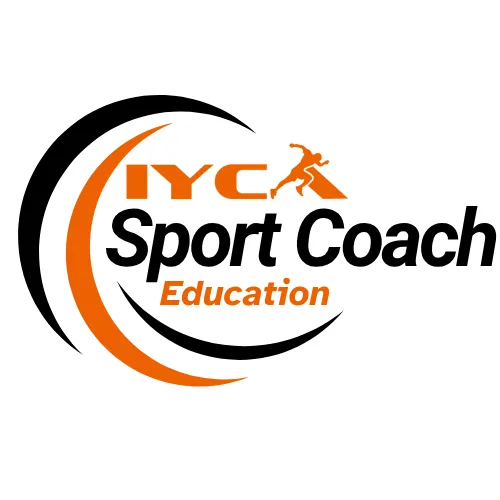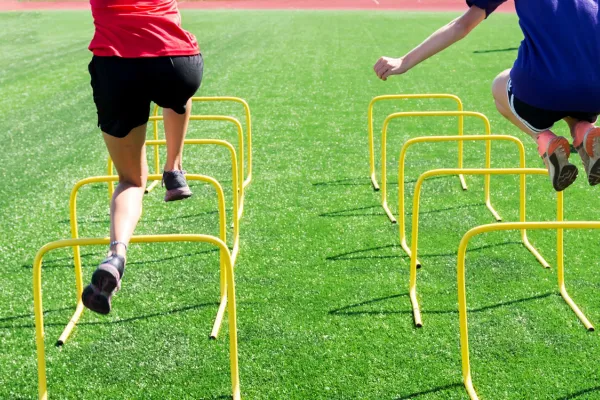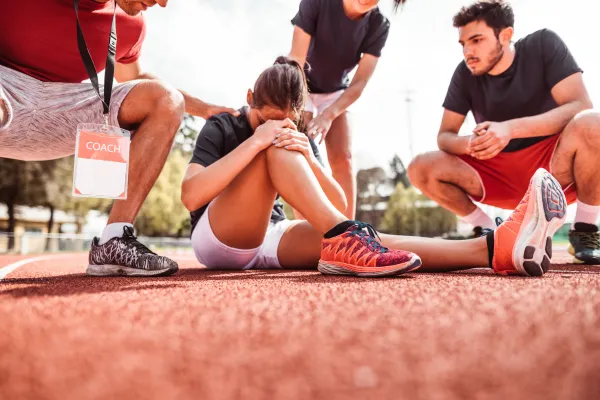
Top Mistakes Coaches Make When Dealing with Injured Athletes: Insights from an Athletic Trainer
When it comes to managing injuries in athletes, coaches often find themselves in a difficult position. Whether it's a sprained ankle or a more serious issue, the decision to bench an athlete or allow them to return to play requires knowledge, judgment, and timely intervention.
Erin McCormick, a certified athletic trainer with years of experience across various settings-on the field, in the clinic, and the doctor's office-shared her insights into common mistakes coaches make when managing injuries and how they can improve outcomes for their athletes.
Take a look at the interview with our very own, Julie Hatfield-Still, Brand Executive at the IYCA.
Mistake #1: Reactive vs. Proactive Injury Management
One of the most significant errors coaches make is taking a reactive approach to injuries instead of a proactive one. As McCormick explains, "If you wait until an injury occurs to start rehabilitation exercises, you’re already too late." Injuries like sprained ankles could often be prevented through strengthening exercises, proper warm-ups, and conditioning that focus on injury prevention. Incorporating injury-prevention drills as part of regular practice routines helps build a solid foundation of strength that not only reduces the likelihood of injury but also accelerates recovery if an injury does occur.
The science behind this is straightforward: building a base of strength and mobility through consistent training enables athletes to recover more quickly after injury. According to research, athletes who are stronger pre-injury tend to experience quicker recovery times, less severe injuries, and a lower risk of re-injury (Bizzini et al., 2013). By integrating injury prevention into daily routines, athletes are more resilient, and their performance on the field improves over time.
Mistake #2: Underutilizing Athletic Trainers
Many coaches are hesitant to involve athletic trainers in injury management, fearing that trainers might bench an athlete and affect the team’s performance. However, as McCormick emphasizes, this approach can be harmful. "Athletic trainers are there to help get athletes back to the game as safely and as quickly as possible," she says.
Using athletic trainers effectively means utilizing their expertise in injury assessment and rehabilitation to make informed decisions about whether an athlete should continue playing or sit out. For example, an athletic trainer might evaluate an athlete after a suspected injury and determine if they are fit to return to play or need further evaluation.
Research highlights that the involvement of athletic trainers in injury management improves recovery outcomes and reduces the risk of complications (Hootman et al., 2007). In situations where coaches may be unsure, athletic trainers provide a neutral, professional evaluation, ensuring that decisions about return-to-play are based on health and safety rather than team pressure.
Mistake #3: Ignoring the Importance of Rest and Recovery
Coaches sometimes push athletes to return to the field before they are fully healed, which can lead to prolonged injuries and even chronic conditions. While it's natural to want the best for the team, encouraging athletes to push through pain can be detrimental in the long run.
A balanced approach that includes adequate rest and recovery is essential for optimal athletic performance. Studies show that overtraining and premature return to play are major factors in injury recurrence and chronic conditions in athletes (Kellmann, 2010). The body needs time to repair itself after injury, and coaches should respect this process by allowing athletes to fully recover before returning to competition.
Mistake #4: Failing to Address Psychological Factors
In addition to the physical aspects of injury recovery, coaches often overlook the psychological effects injuries can have on athletes. McCormick stresses the importance of addressing mental health and emotional well-being during the recovery process. Injuries can lead to feelings of frustration, isolation, and anxiety, which may affect an athlete’s motivation to rehab or return to play.
Sports psychology research suggests that psychological interventions- such as goal setting, relaxation techniques, and mental imagery- can significantly improve rehabilitation outcomes (Weinberg & Gould, 2014). Coaches should work with athletic trainers and sports psychologists to create a comprehensive recovery plan that addresses both the body and mind, ensuring that athletes are mentally prepared to return to their sport.
Mistake #5: Inadequate Education on Injury Prevention and Recovery
Many coaches are not fully equipped with the knowledge to provide adequate injury prevention strategies or recovery protocols. As McCormick explains, "Coaches may have a background in sports but not necessarily in injury management or rehabilitation." This lack of expertise can lead to mismanagement of injuries or delayed recovery times.
Coaches can avoid this mistake by continuing education in injury prevention, recognizing the signs of injury, and learning how to modify practice routines to accommodate injured athletes. Partnering with athletic trainers and attending workshops on injury management can give coaches the tools they need to protect their athletes.
Conclusion: A Holistic Approach to Injury Management
Injury management in sports requires a well-rounded approach that includes proactive injury prevention, effective use of athletic trainers, adequate rest, attention to psychological factors, and continuous education for coaches. By addressing these common mistakes, coaches can help ensure that athletes remain healthy, recover faster when injured, and perform at their highest potential.
References:
Bizzini, M., Junge, A., & Dvorak, J. (2013). The effectiveness of injury prevention programs for youth athletes. British Journal of Sports Medicine, 47(12), 751-758.
Hootman, J. M., Dick, R., & Agel, J. (2007). Epidemiology of collegiate injuries for 15 sports: Summary and recommendations for injury prevention initiatives. Journal of Athletic Training, 42(2), 194-204.
Kellmann, M. (2010). Prevention of overtraining in elite athletes: The role of training monitoring and recovery strategies. Scandinavian Journal of Medicine & Science in Sports, 20(2), 119-124.
Weinberg, R., & Gould, D. (2014). Foundations of sport and exercise psychology (6th ed.). Human Kinetics.



